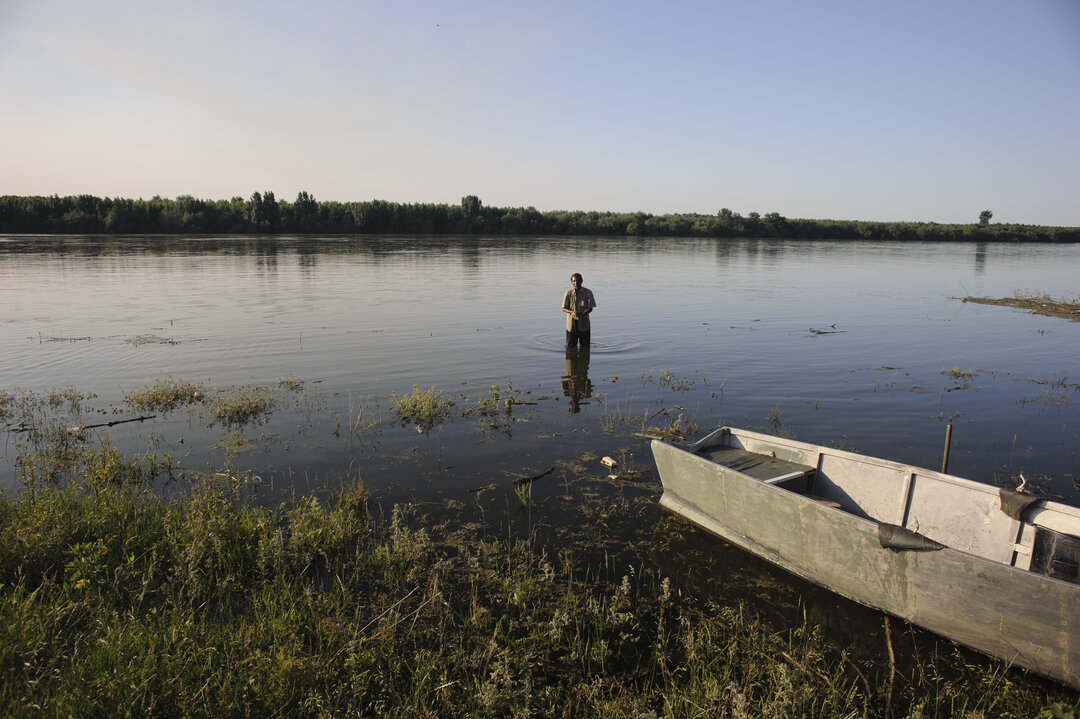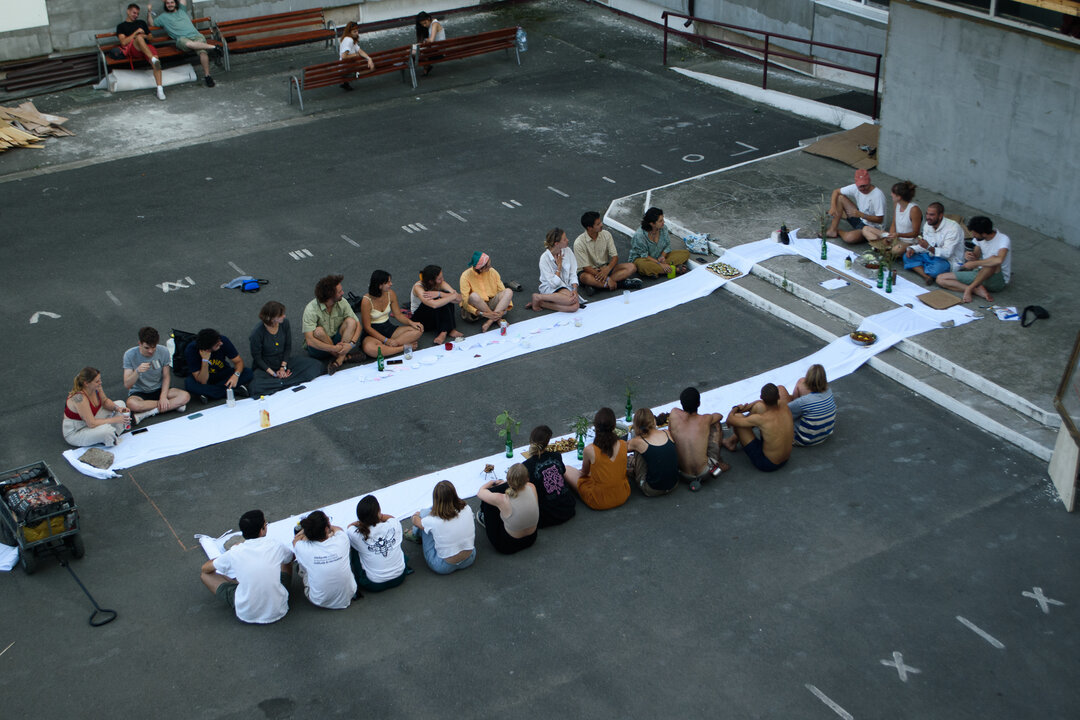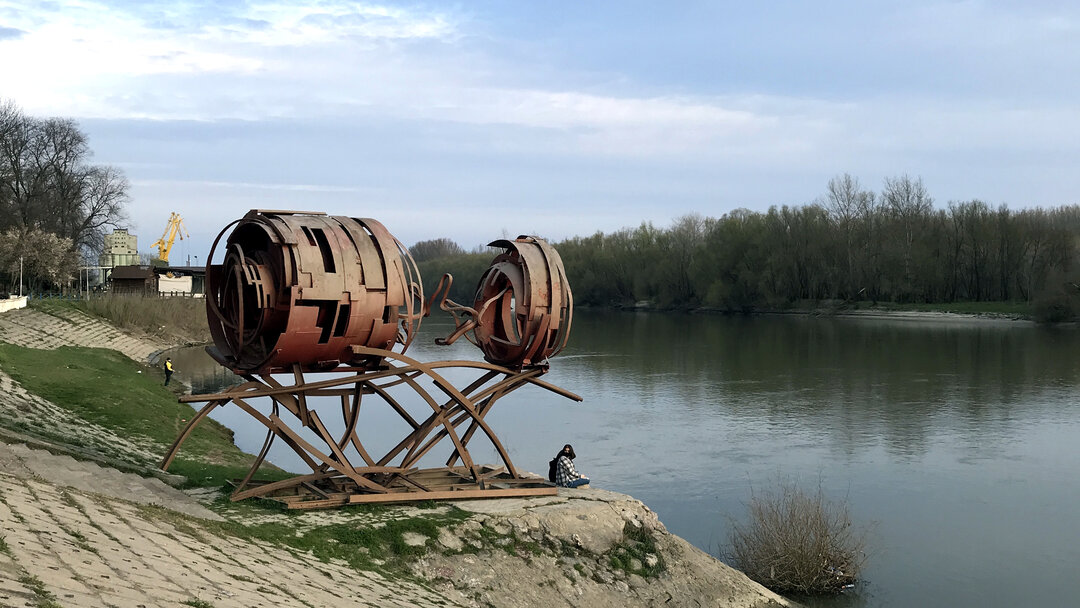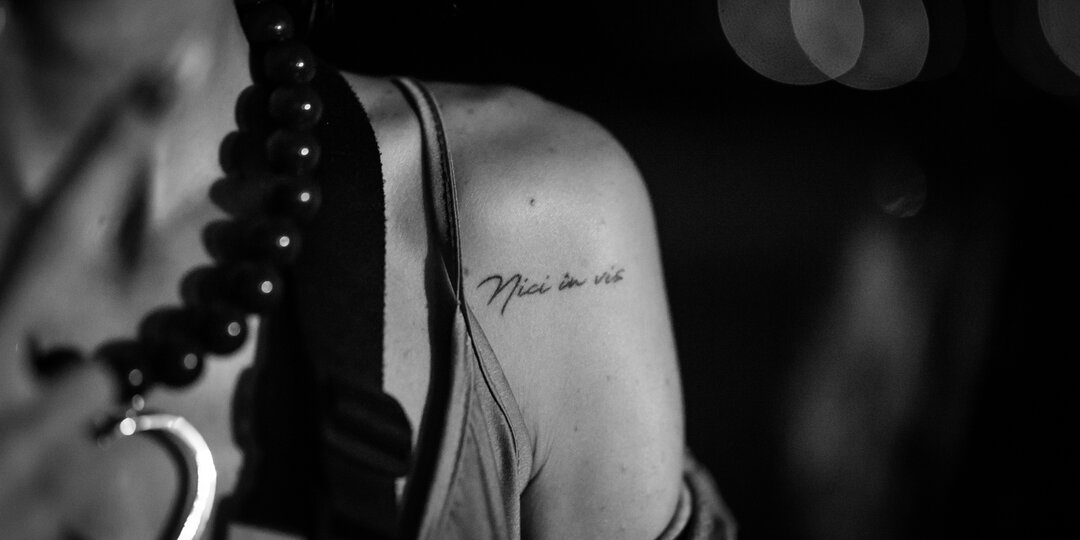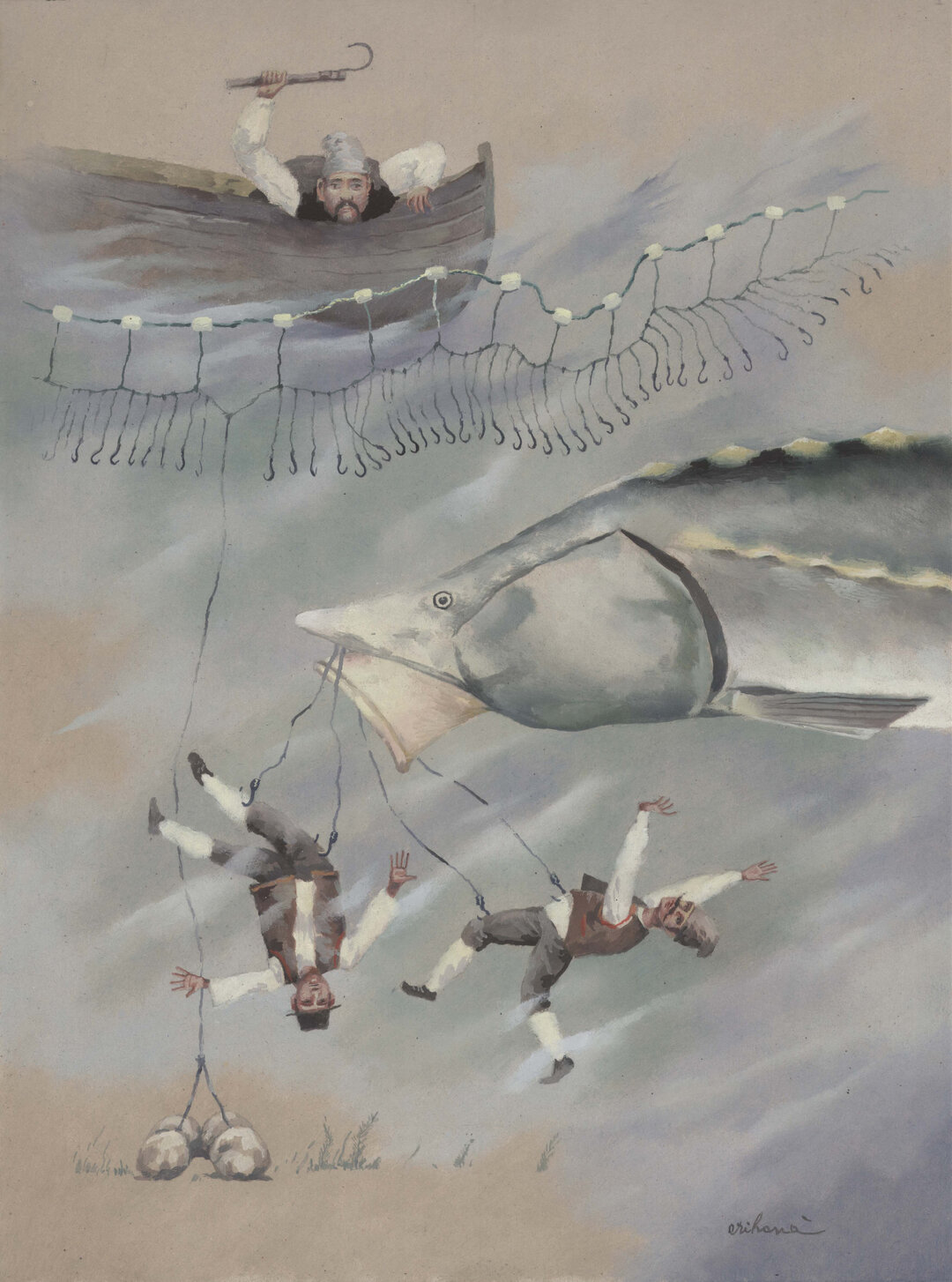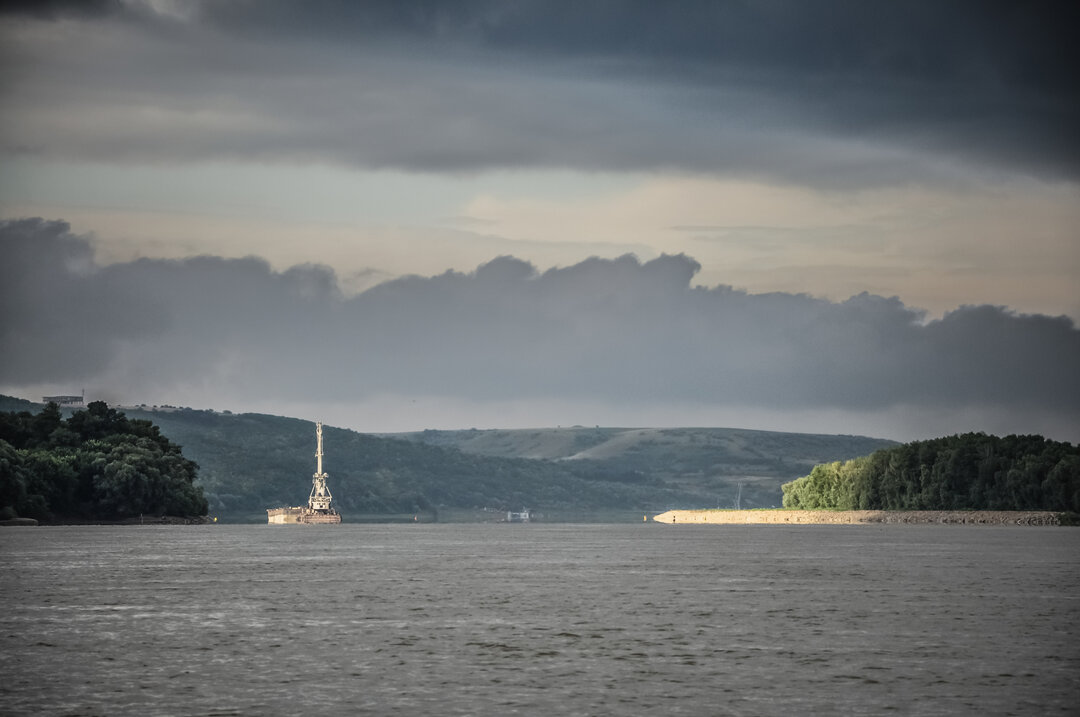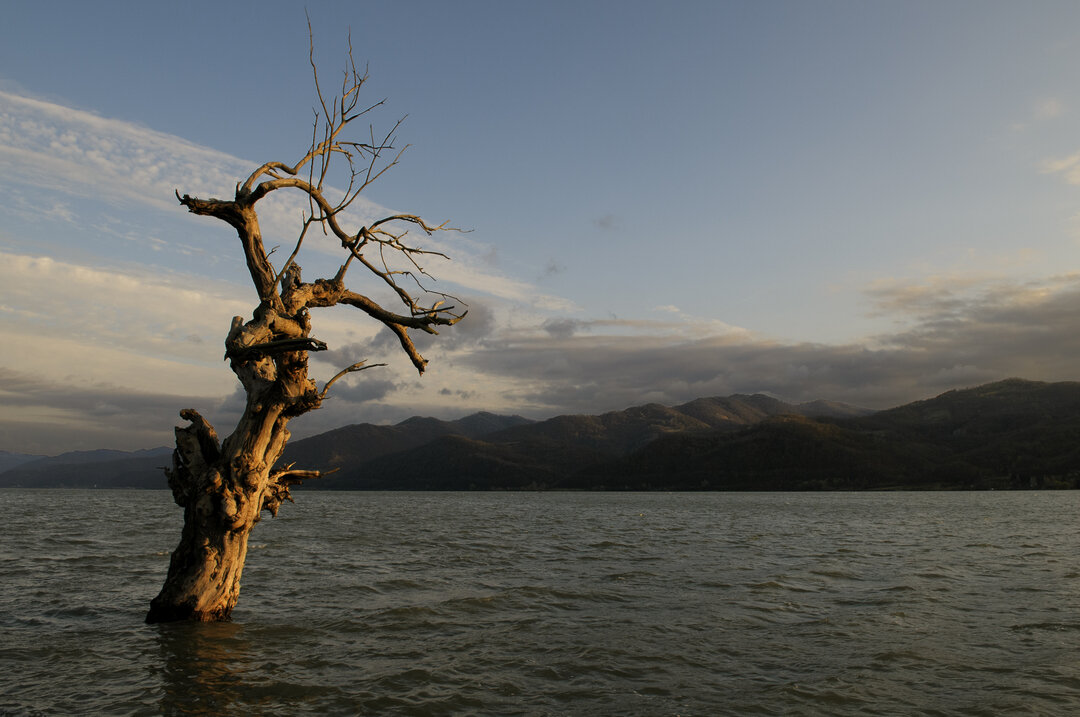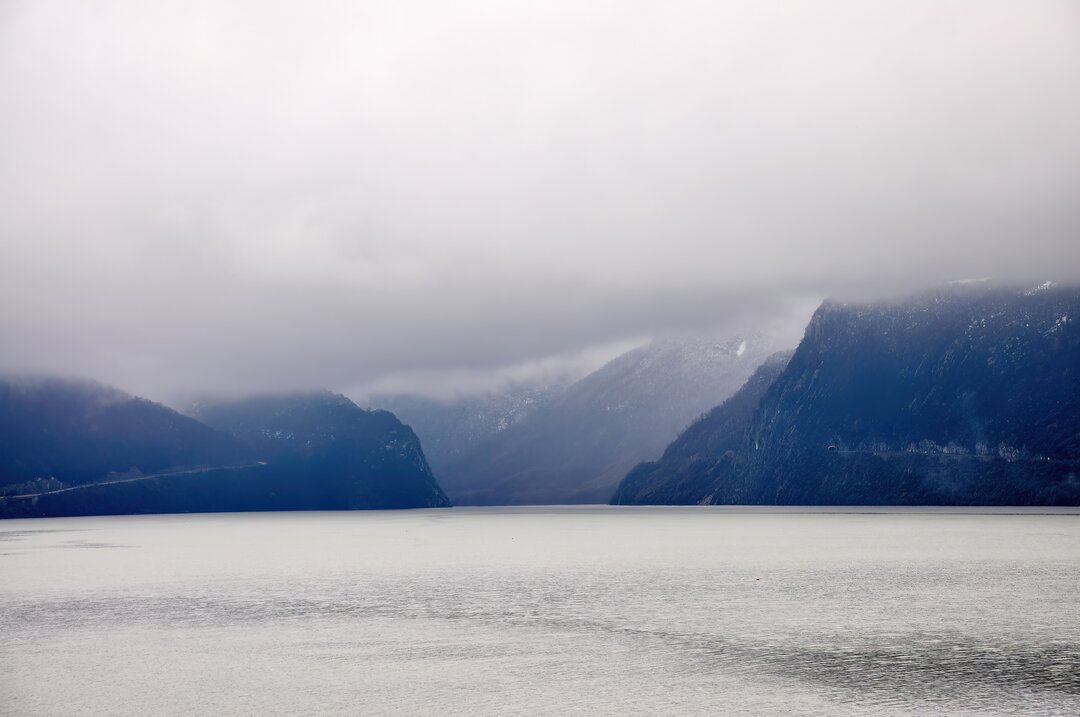
Cultural harbor
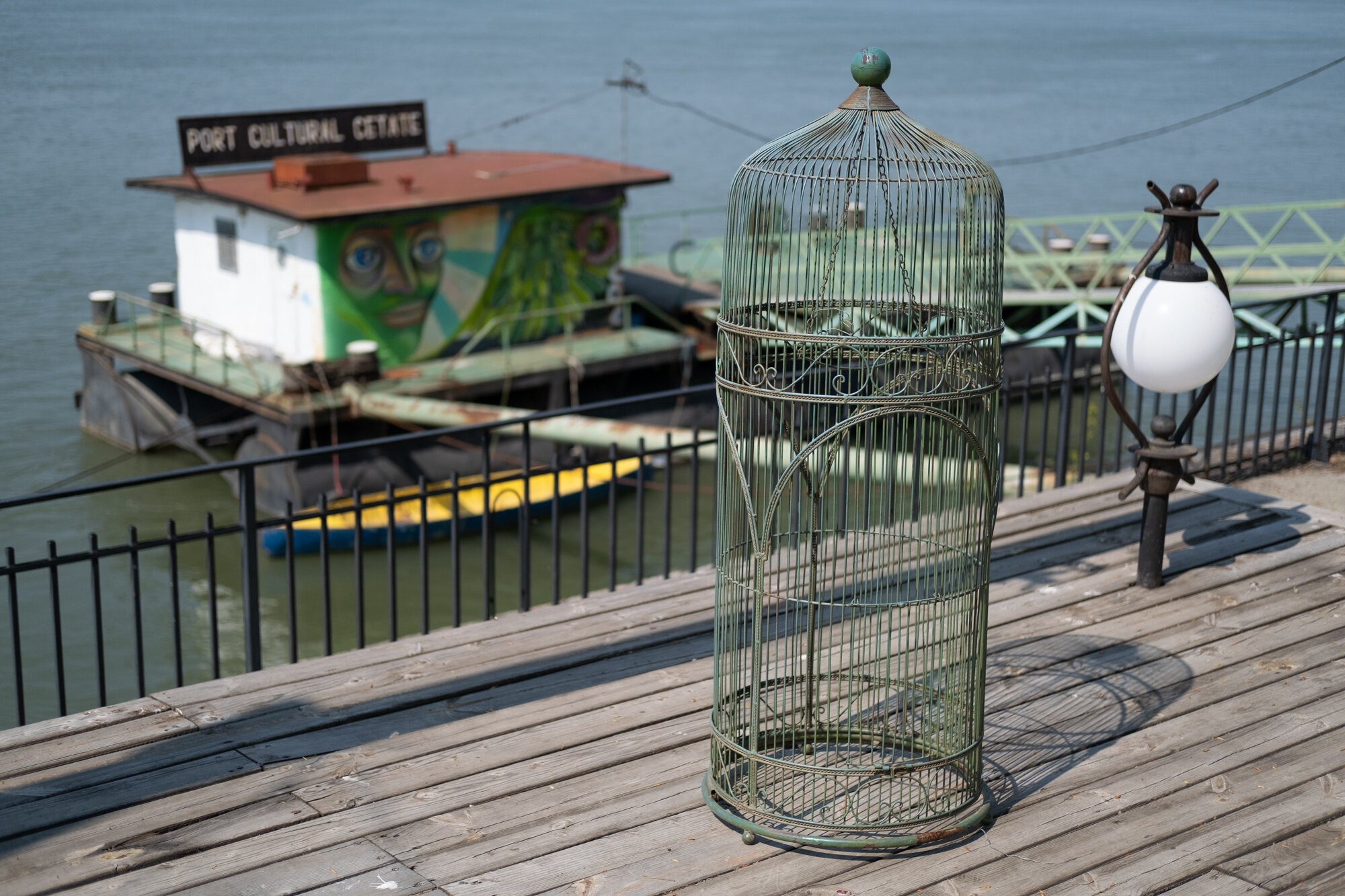
© Arhiva SoNoRo, Șerban Mestecăneanu
Angel Park
The Cetate Cultural Harbor was born on the ruins of the former agricultural harbor, built around 1880, when wheat could not grow on asphalt as it does today and when Viennese croissants were made with flour brought from the Cetate by paddle steamers. In 1945, the port was closed and turned into a border patrol post, and the wheat grain adventure took an unexpected turn towards Moscow. The almost a thousand grain merchants registered in the port in 1900, including many Greeks and Jews, emigrated or later, along with the Romanian merchants, ended up in communist prisons. After the revolution of '89, the harbor command building, built by Italian craftsmen, was plundered by the locals and reduced to a shelter for twelve piglets and two cows. This is how I discovered it, with no doors, no windows and no roof, with the forlorn air of an old-fashioned boyar, crying out, as if she were the wife of a Romanian ruler raped by the bașbuzuzucii of Sinan Pasha: "Shame on the pagans!".
In 1997, I managed to buy and transform the ruin into a creative house. Instead of wheat, we tried to fill the barns with sculptors, writers, painters and musicians, and because the Romanian government had launched the Dracula Parc brand on the market, for the sake of controversy we also initiated an Angel Park on the Danube bank, starting from the premise that Romania was not only the seat of the devil, but also haunted by angels, at least around the edges. In the town of Cetate, which neighbors Bulgaria and is just a few kilometers from the Serbian border, it is said that roosters crow in three languages - Serbian, Bulgarian and Romanian. So the idea of a multinational cultural port fit like a glove. The kilns for firing pottery are rivaled by the ovens in which the rams from the farm of the poet who has fallen into the agricultural dock are roasting, and the fiery tirades of the foreign authors invited to the colloquia are quenched with noble wines of their own production. Keeping in proportion, after the slave trader Rimbaud, the wine merchant Dinescu seems like a sweet child. So don't be shy and step on his doorstep. I can assure you that all the events and artistic happenings at the Citadel will be attended, as they have been so far, by the surrounding forests, the Danube, sparrows and crows - great lovers of culture.
About the Cetate Cultural Port
The idea of the cultural port came naturally: between 1998-2007, during the restoration of the main buildings, the port hosted mainly artists' camps, as part of projects organized by the Mircea Dinescu Poetry Foundation. First there were the potters who built their kilns on the banks of the Danube and then even a "Neolithic village" near the ponds of the old village hearth at Ulmi. Then came the sculptors who left the first angels in wood and stone. The "Angel Park" project - born in the early 2000s as a polemical reaction to the then Minister of Tourism's idea to build "Dracula Park" - has continued to grow, adding several monumental metal sculptures in recent years. Since 2007, when the foundation, under the auspices of the Port Cetate company, started to restore the other buildings on the Danube bank, and after the construction of a modern kitchen and a mini-hotel, the site has become accessible for tourism. In 2007, after the installation of a new pontoon, the port was also reopened and now regularly welcomes cruise liners and private boats. Cetate Port is nowadays recognized for its very special gastronomy, inspired by old boyar recipes and produced only with natural ingredients from its own farm, and for the "Dinescu's Wine" produced at the Galicea Mare wine cellar. The two plantations at Cetate and Galicea cover 100 ha and include both local and noble European varieties and, although still young, have already produced some exceptional wines. Today, although increasingly popular as a tourist destination, the port continues to host cultural events organized under the auspices of the poetry foundation: The end-of-summer Film and Culinary Arts Divan (already in its 6th edition in 2015), SoNoRo Interferences, a chamber music workshop that precedes and prepares the SoNoRo Festival, translation camps (with the Goethe Institut and partners in Germany), creative writing camps and residencies for writers in the framework of European exchange programs, theater performances in collaboration with renowned festivals( CraiovaShakespeare Festival, Sibiu Theater Festival ), exhibitions, camps and residencies for visual artists (painting - in collaboration with Galeria Zorzini -, sculpture and ceramics), symposia and cultural meetings with regional, European and international partners.


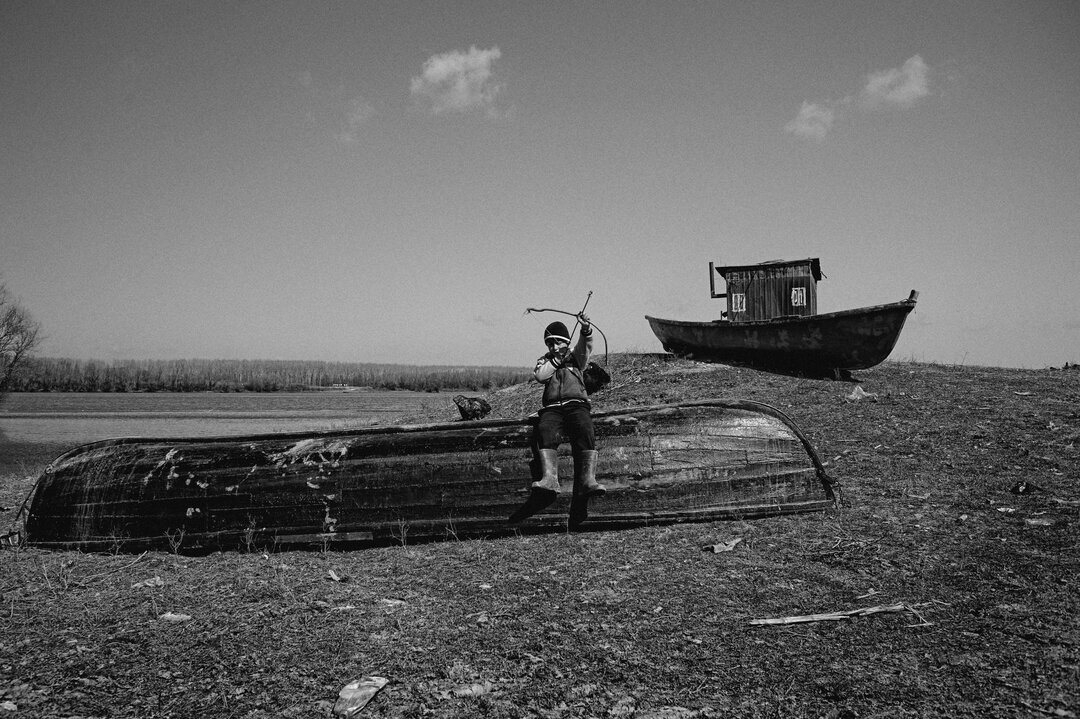
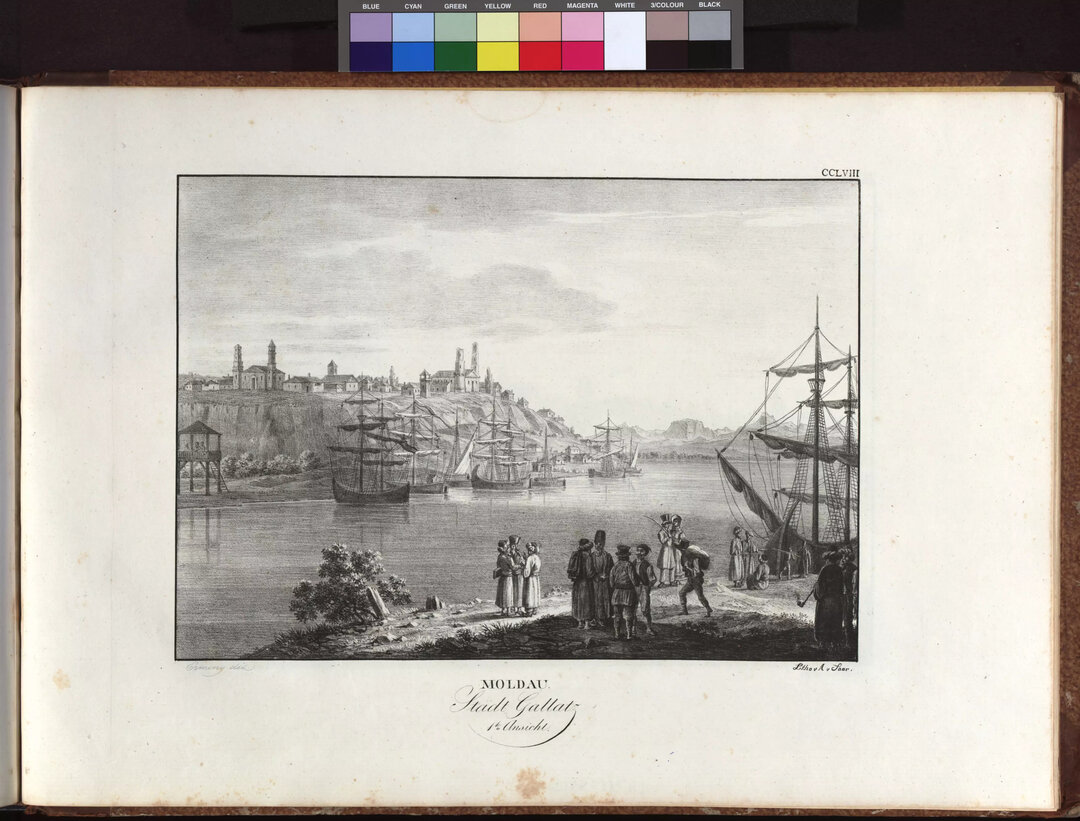
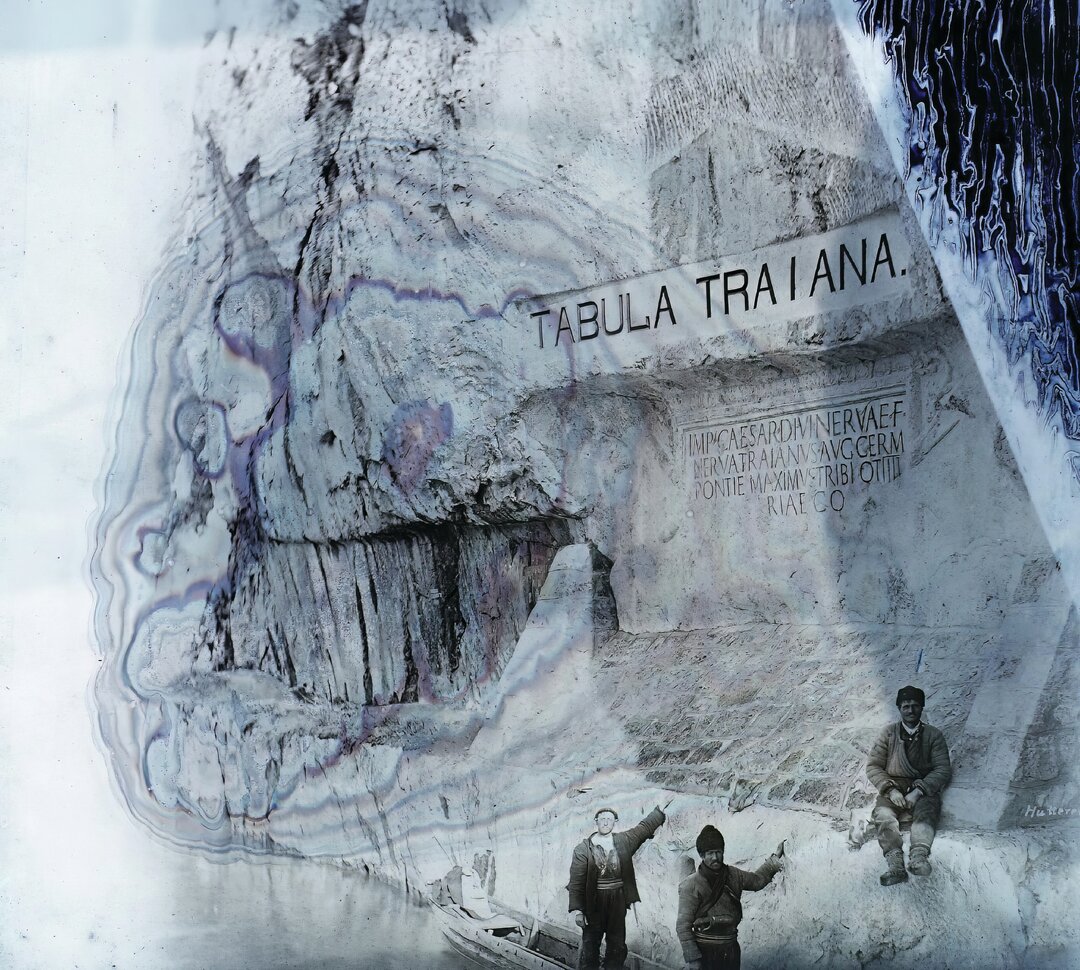

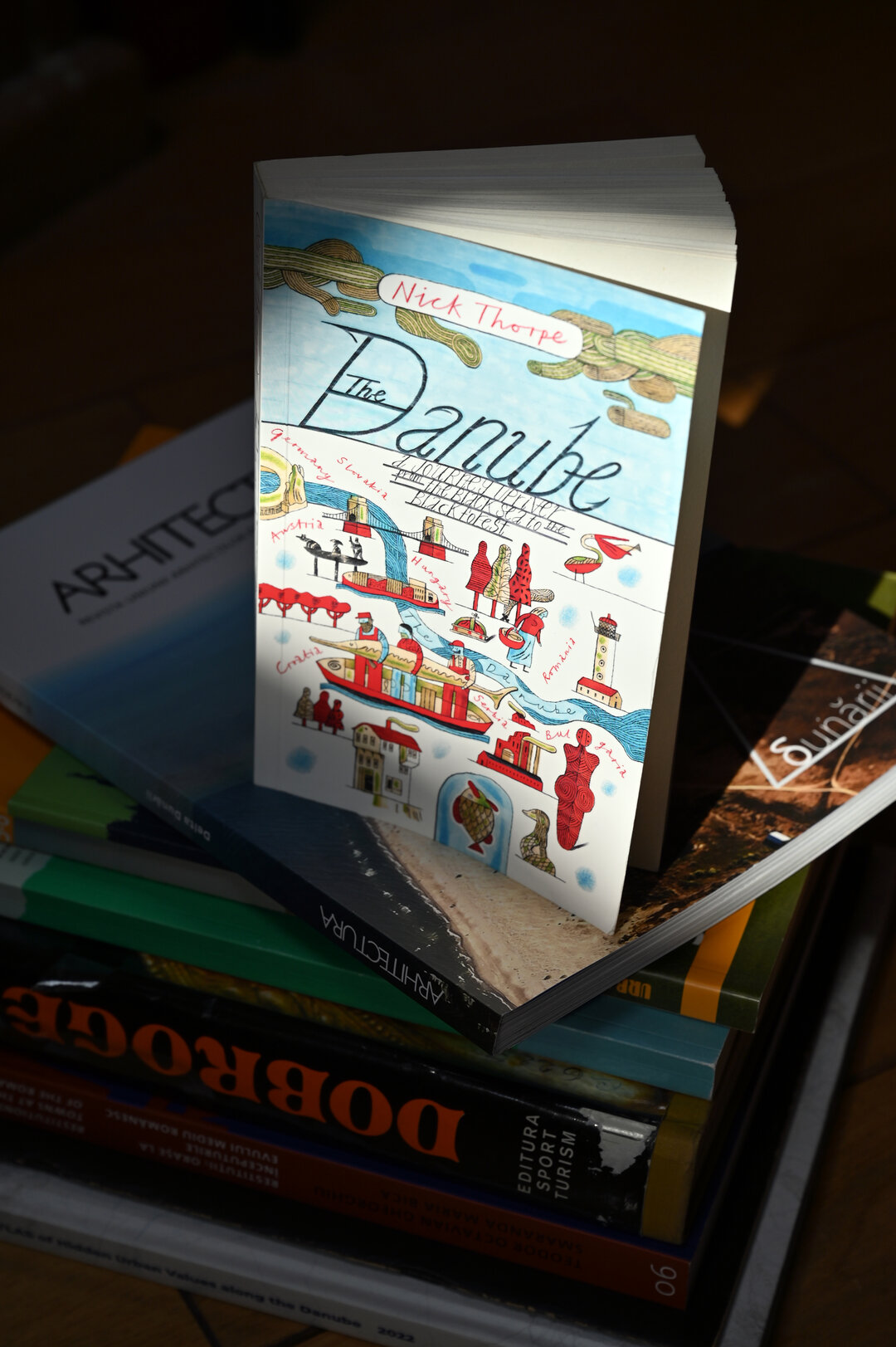
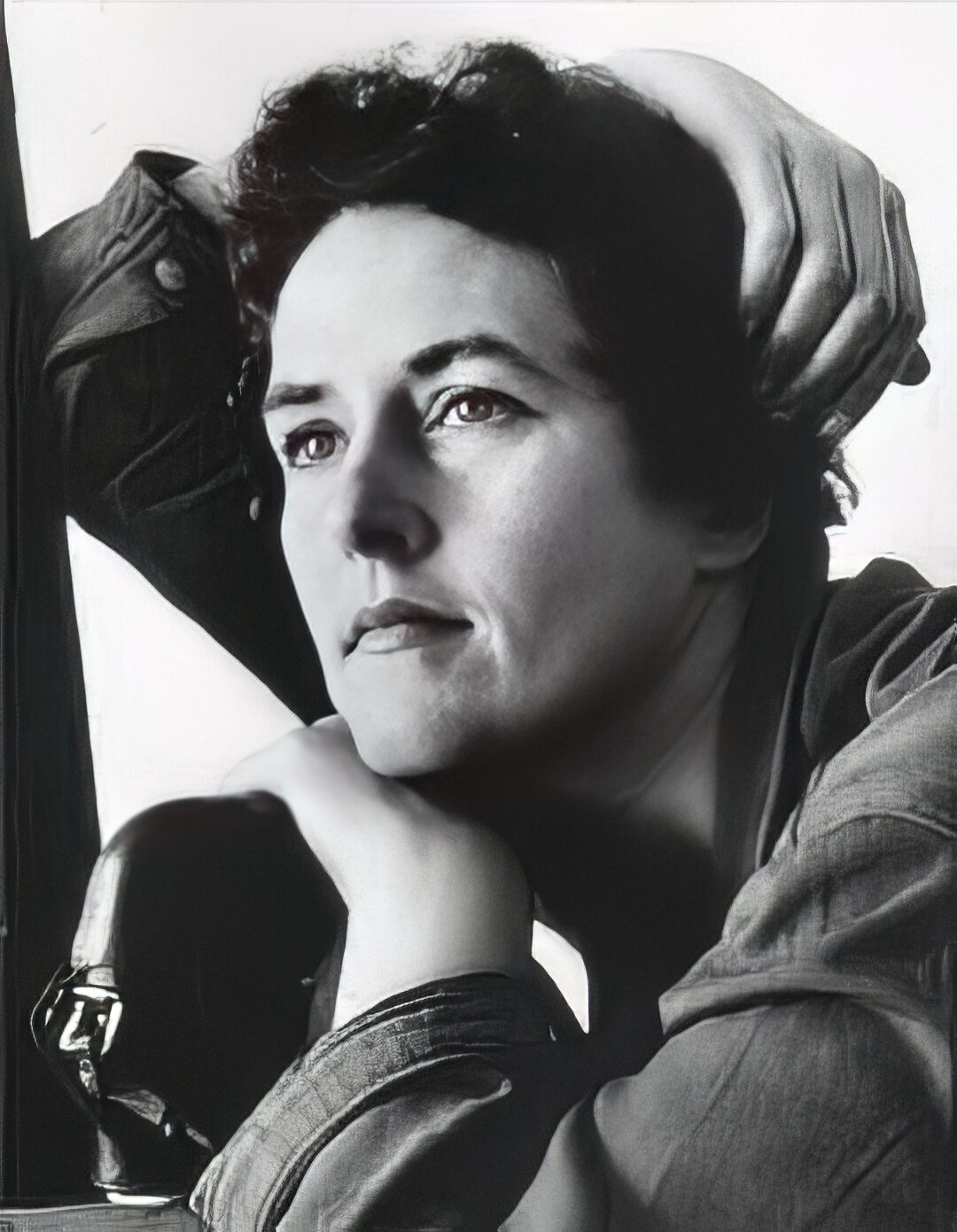

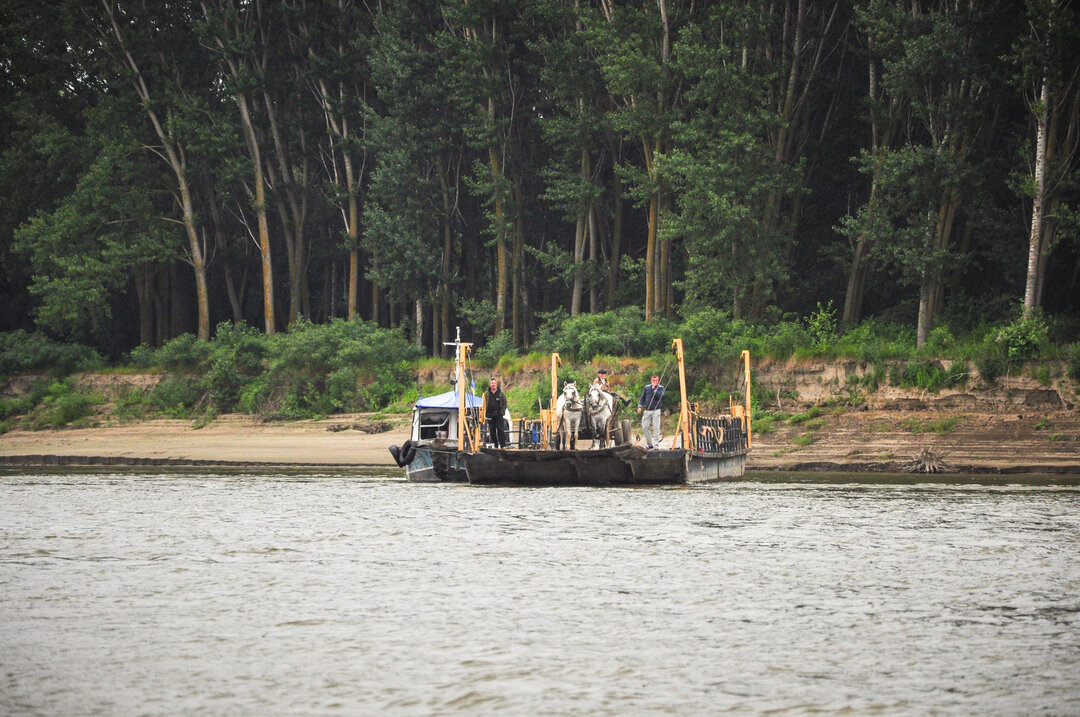

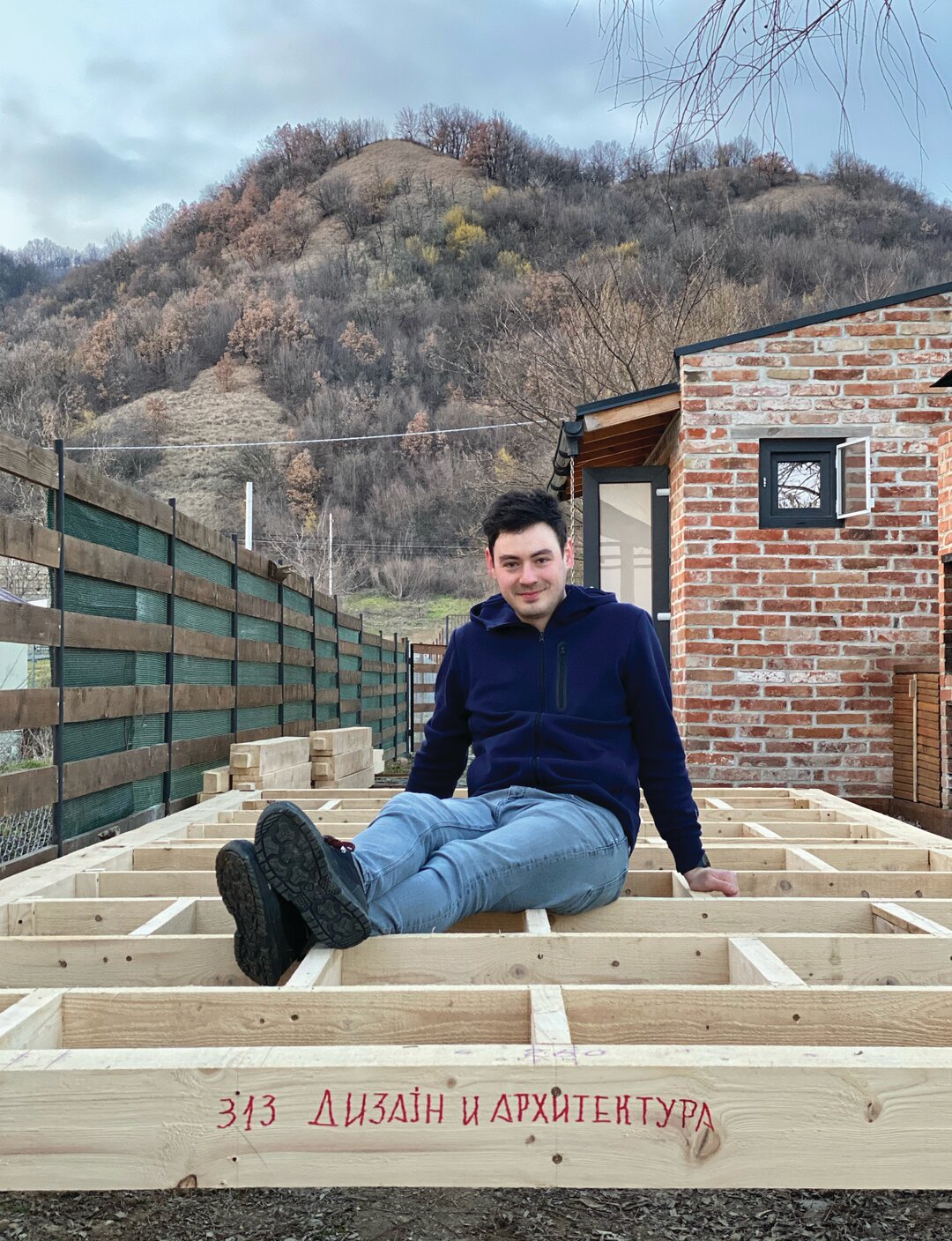

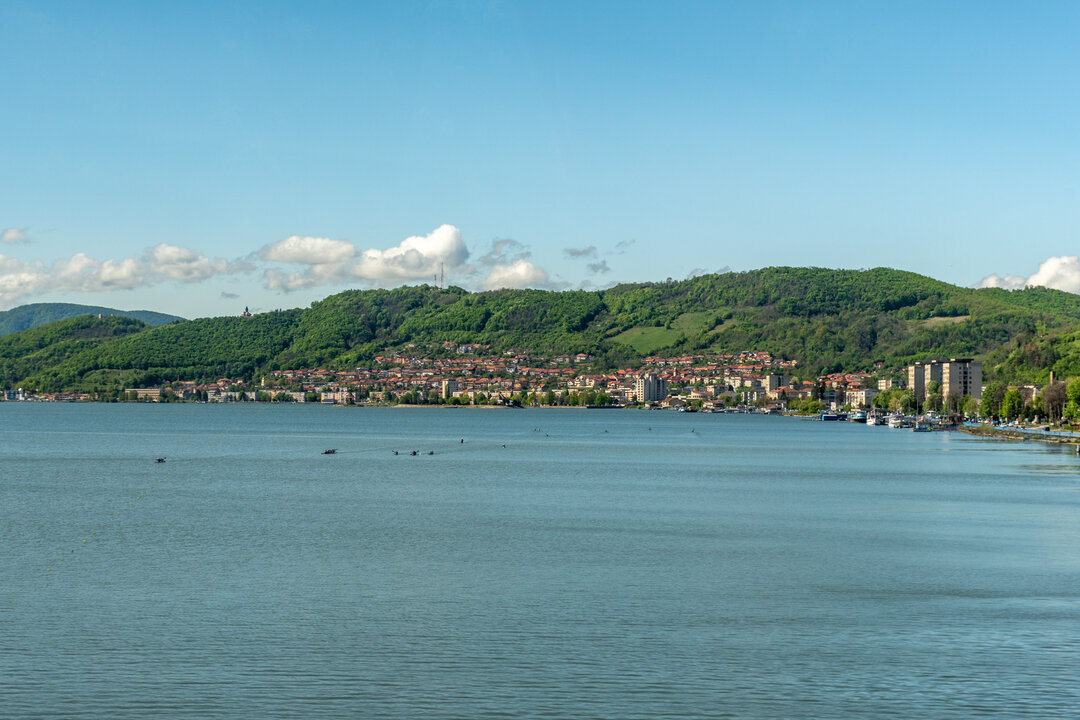
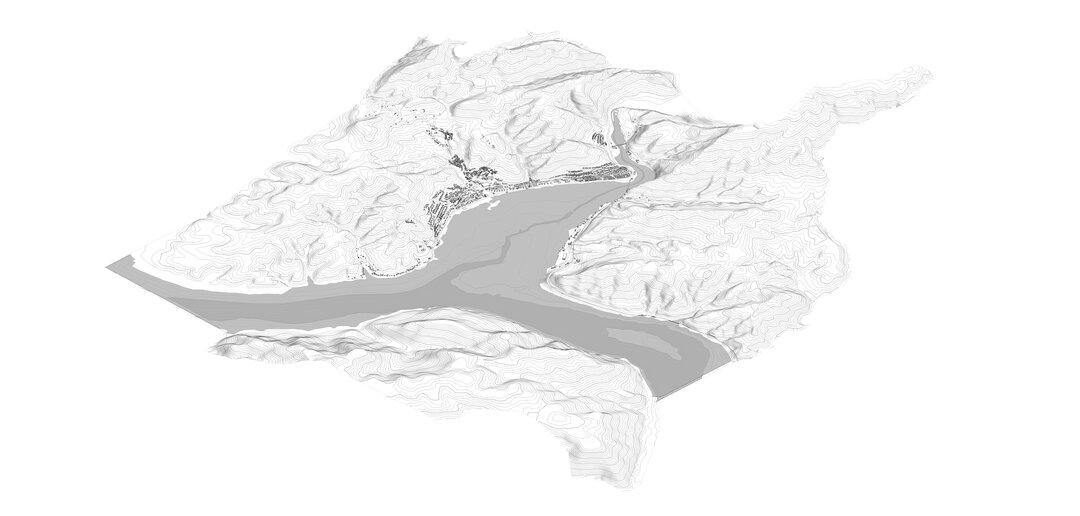




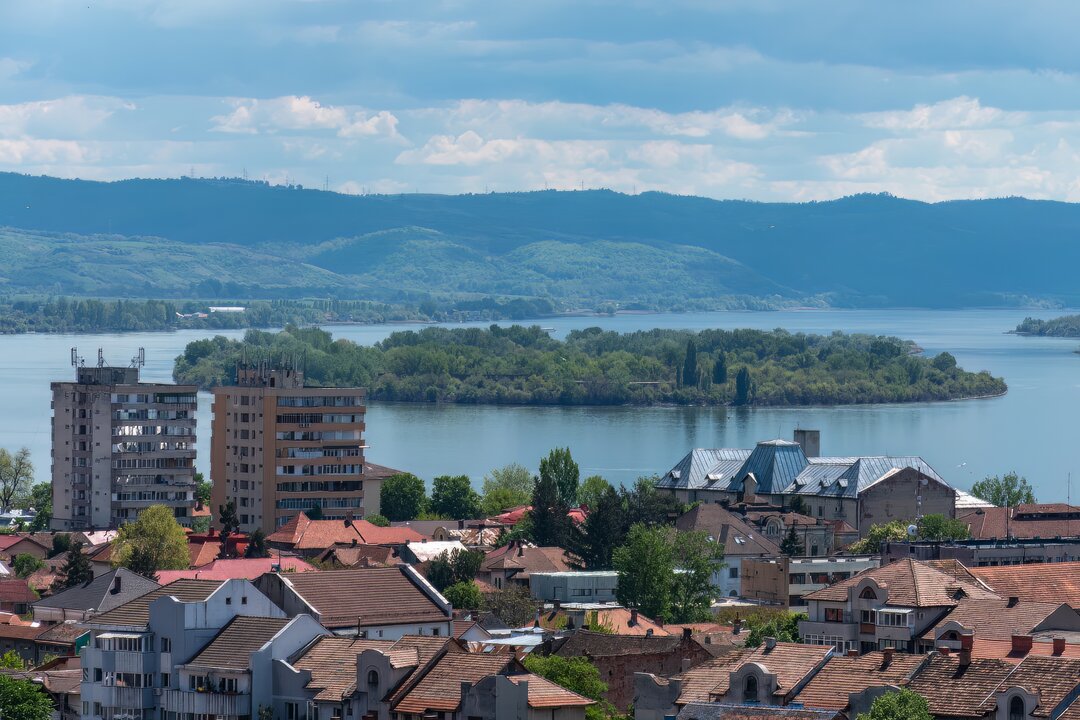
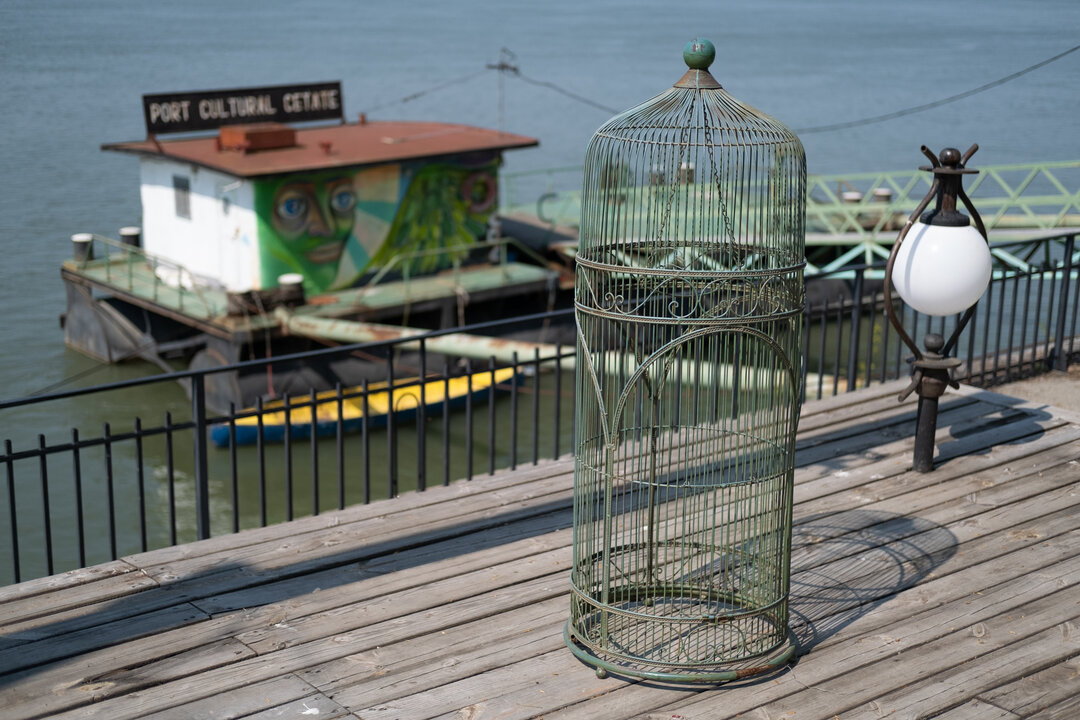
-topaz-denoise-enhance-sharpen--15883-m.jpg)
